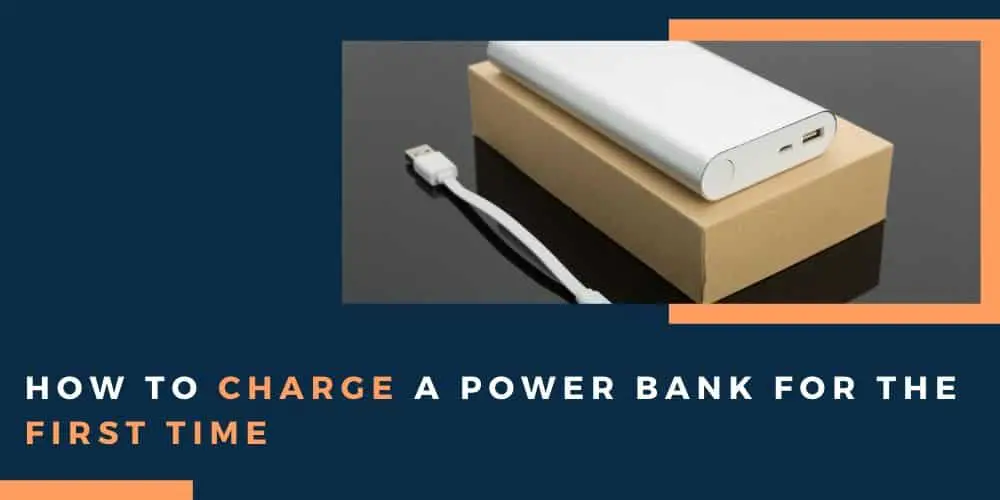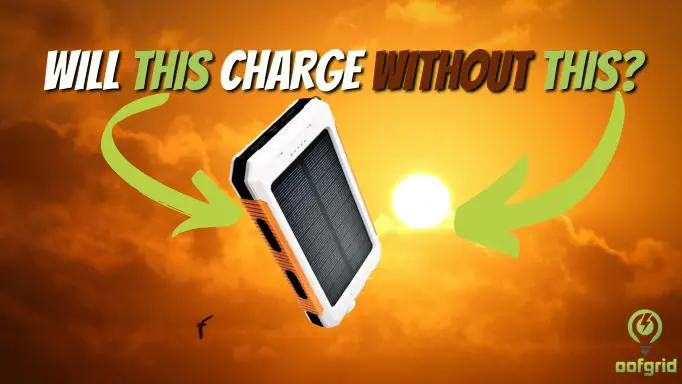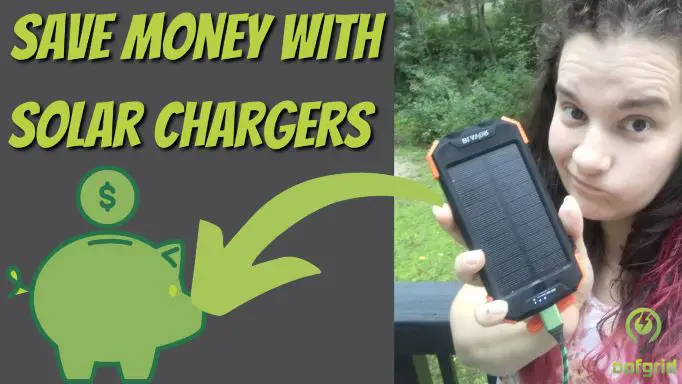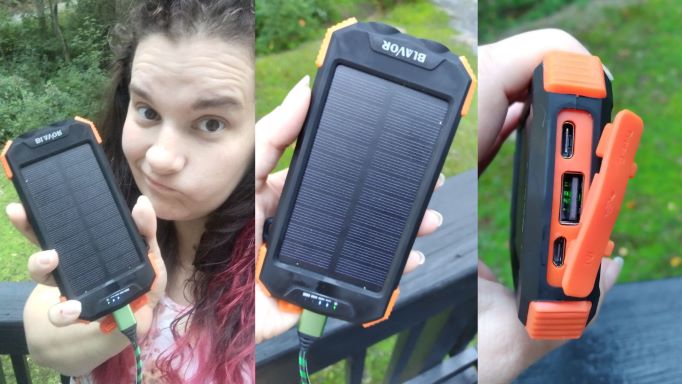Power banks are a new-gen portable energy solution! You can use power bank energy indoors as well as out, as these miniature powerhouses are emission-free and eco-friendly.
This means that you can charge up your cellphone, laptop, tablet, and other small, important devices, anywhere… and anytime. You can see how a power bank could quickly prove indispensable. If you are wondering how to use your power bank for the first time, don’t worry… it is nice and simple. To get you started, here are a few key things you will need to know!
Contents
Learn About Power Bank mAh
Power banks are rated by mAh, which stands for how many milliamps they can deliver in an hour. As an example, cellphones are usually in the range of 2-3000 mAh. To charge your cell, you will need a bank with a mAh of an equal 2-3000 or more.
Before choosing your power bank, look into the mAh of each device you intend to power. Also, consider whether you will need to plug them in together… (the mAh will add up!).
People tend to opt for power banks that are 5000-15000 mAh. Those that are 10000 mAh are a good balance, which is why they are some of the most popular.
Best Power Banks online: See the latest Power Banks on Amazon here
Operating Your Power Bank For The First Time
Read The User Manual
When operating your power bank for the first time, make sure to take a look at the user manual. This will tell you the charging time, runtime, how to charge the power bank, and more.
Charge The Power Bank For The First Time
When you use your bank for the first time, you will likely find there is some charge power in the bank already. To stay in prime condition, they will often arrive this way. Before use, it is still prudent to go about charging power banks fully. Clearly, this will give you the greatest runtime… and keeping power banks charged is good for them, as well.
Can you plug a power bank into itself? No, unfortunately, charging your bank from itself will not work. This will cause your bank to short out or explode, which is a serious risk! Charging power banks should be done according to the directions only (just refer to your handy user manual).
Plug Your Devices In For Quick-And-Ready Power
Check your output, whether wall socket, USB, or both. Once the power bank charge is full, you may use the power bank, and plug in your devices accordingly. Keep in mind that, compared to charging with a wall socket, charging with a USB tends to be a bit slower.
Charging power banks usually takes no more than 1-2 hours, for quick-and-ready power!
Maintaining Your Power Bank
A power bank is an investment, and you are sure to want yours to last as long as possible. Fortunately, power banks are fairly easy to maintain. There are just a few steps you will need to take.
First off, high temperatures can harm your power bank. This in mind, you should avoid leaving your bank in the sunlight, or your car.
Along with this, do not cover your power bank while it is on! This can easily cause it to overheat, and possibly break.
Next, prevent your power bank from reaching low charge, whenever you can. Any battery will be caused unnecessary strain by sitting at low power… especially the intricate battery of a power bank. To keep your bank in tip-top condition, recharge when it reaches roughly 20%.
Along with this, every 3-4 months, you will want to fully recharge your bank (even if it is in storage). This will keep the battery primed, ready to go, and like new!

What You Can Do With A Power Bank
You can use power bank energy for so much. Just one bank will provide hours of power! Use banked energy while you are camping to revive your cell. Or, keep your laptop alive during the long hours of school.
Power banks can also be perfect for professional photography, to greatly increase your camera and shoot longevity. When you’ve found the perfect lighting, you may not ever want to go home. A portable power bank will have your back.
Finally, power banks are popular for tourism and travel. You can see why! Portable, emission-free energy is truly invaluable, wherever you are!
Charging Your Power Bank
Your power bank will come with a USB port, a wall charger, or the like, so you can charge it in your home. Most assume that every power bank will come with a wall charger. Actually, some will use USB or another alternative. When it comes to charging your bank, this is one important thing that you may want to double-check.
To charge your bank, simply plug it in accordingly. Something to know: some power banks have more than one output, and some will offer a higher mAh. You can pick an output with a higher power rating if you would like to charge more quickly!
So, how long will your bank take to charge? This depends on the source (whether USB or a wall socket), as well as the mAh of your individual bank. This being said, they will generally take only 1-2 hours to charge, and then they are road and trail-ready.
The Runtime of Your Bank
You are sure to want to know the runtime of your bank. This will depend mainly on its mAh, and the mAh of the devices that you intend to charge, as well as how often you charge them.
After each charge, there will be a finite amount of energy to spend in your bank. This is what is known as the mAh. Each device charge will use power or mAh. All you need is some basic math in order to keep track!
The runtime is especially important if you will be out camping or on the trail. In these cases, you will probably not have an opportunity to recharge for a while. Make sure that you know exactly how many device charges you will require, and how much energy (mAh) is in your new power bank.
Consider A Solar Power Bank
Looking for more runtime while camping or on the trail? Pick a power bank with a solar panel. You can try charging these outdoors, eliminating the need to return home. Instead, you can use full sunlight to charge your bank. To achieve a fully charged bank, it will take about a day.
As you can see, there is a lot that just one power bank is capable of. In this modern age, we have come to depend on technology to stay connected, preserve memories, keep up on work, and more. Whether you need to charge your laptop, cell, tablet, or another small device, you can rely on your own, brand new power bank.






